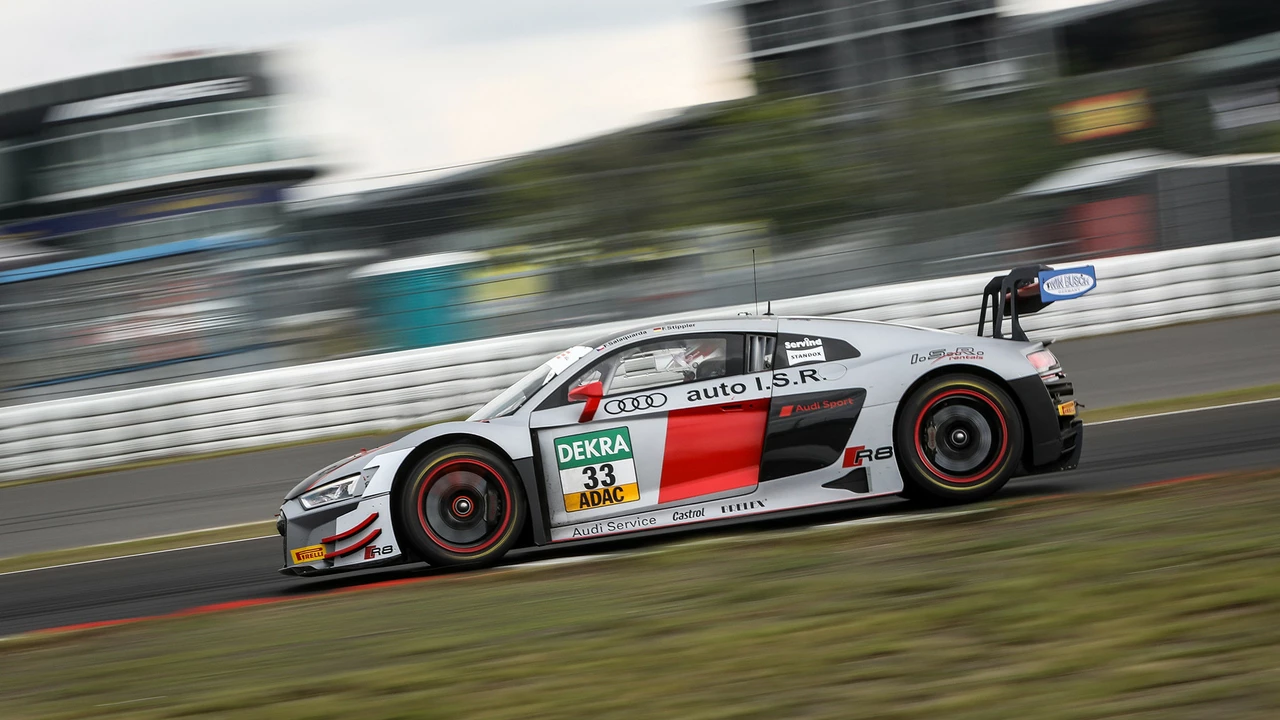Beginner Tips for Getting Started in Motorsports
Thinking about jumping into motorsports but not sure where to begin? You’re not alone. New fans often feel overwhelmed by the jargon, the gear, and the cost. The good news is that you can start small, learn fast, and have a blast on the way. Below are the most useful steps to kick off your racing journey without wasting time or money.
Pick the Right Discipline for You
Motorsport isn’t just one thing. From go‑karting and club racing to bike track days and rally sprints, each discipline offers a different entry point. Ask yourself three quick questions: Do you prefer four wheels or two? Do you want a short, sprint‑style experience or a longer endurance challenge? Do you have a track nearby?
If you love the roar of engines and want the cheapest start, a local karting league is ideal. Karts cost less than a full‑size car, and most tracks have beginner‑only sessions. If two‑wheel thrills call you, look for a MotoGP‑style track day. You’ll ride a sportbike on a closed circuit, learn counter‑steering, and get a feel for high‑speed handling without committing to a full race season.
Got a passion for big‑speed events like Formula 1 or IndyCar? You probably won’t jump straight into a professional team, but you can still get a taste by joining a driver school or a “track day” program. These programs let you drive a race‑spec car for a few hours under supervision, which is perfect for learning the ropes.
Learn the Basics on a Budget
Gear can eat up your budget fast. The trick is to start with what you need and upgrade later. For karting, a helmet that meets Snell or FIA standards is non‑negotiable – think of it as insurance for your head. For bike track days, a full‑face helmet, gloves, and a race‑fit jacket are the minimum.
Don’t buy a brand‑new race car or bike right away. Many clubs have “rental” or “lease‑to‑race” programs where you can use a well‑maintained machine for a session fee. This lets you test different setups without the huge upfront cost.
Focus on learning the core skills first: braking, corner entry, and throttle control. A short video tutorial or a local instructor can clear up common misconceptions – like why MotoGP riders use counter‑steering instead of turning the handlebars the way you’d expect. Understanding these techniques early saves you from developing bad habits that are hard to break later.
Practice consistently. Even a single hour per week on a track or a karting session can build muscle memory faster than casual street driving. Keep a simple log of lap times, weather, and how you felt in each corner. Over time you’ll see patterns and know which areas need work.
Finally, join a community. Forums, local clubs, and social media groups let you ask questions, share experiences, and find cheap spare parts. Many seasoned racers love mentoring beginners because fresh enthusiasm keeps the sport alive.
Starting in motorsports doesn’t have to be a massive financial plunge or a steep learning curve. Pick a discipline that matches your interests, get the essential safety gear, use club resources, and practice the basics. Before you know it, you’ll be shaving seconds off lap times and feeling the thrill that kept the sport alive for generations.

At 19, I'm eager to dive into the exciting world of motorsport racing. To get started, I'll need to obtain the necessary licenses and join a racing club or driving school that offers dedicated training. I'll have to invest in the right safety equipment and consider renting or buying a suitable race car. Networking with other racers, attending competitions, and seeking sponsorship opportunities will also be essential for my success. Above all, I'm committed to practicing and refining my skills to become the best racer I can be.
Read More